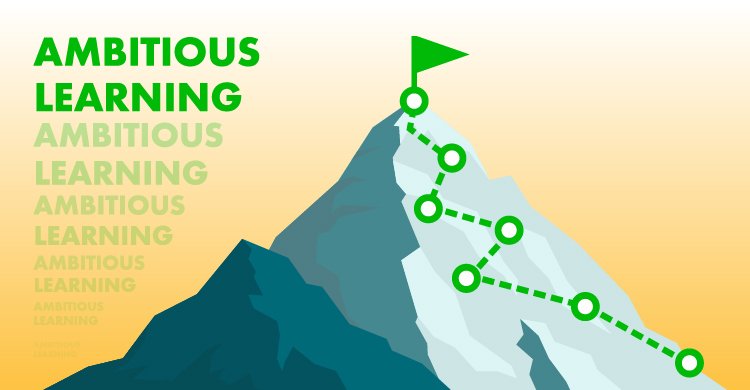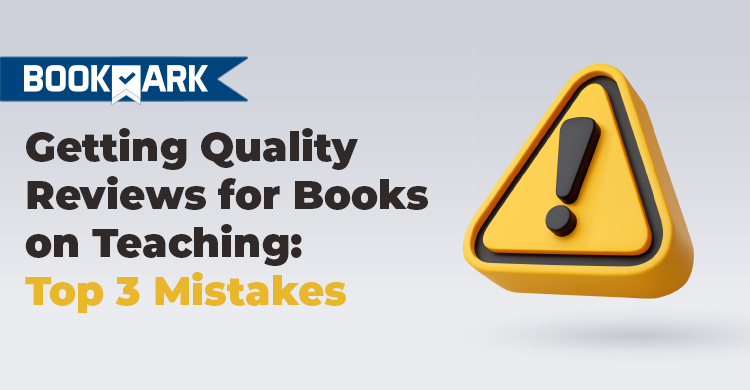Ambitious Instruction, my new book, has a relatively straightforward (phew) definition of rigor: there is academic rigor, which is simply the completion of a task or work at a quality level commensurate with the expectations articulated in the standard(s) said task addresses or is aligned to; and instructional rigor, the curricular and pedagogical practices that position and enable students to realize the cognitive demands of those learning targets.
In other words, if students are asked to analyze/compare two versions of the same text or concept—a common learning objective in middle school English and social studies standards—we would expect the teacher to set and maintain a level of instructional rigor through such practices as modeling how to analyze different genres or media (i.e., primary vs. secondary sources), tasking students to take on the role of literary critics or historians, and/or by providing feedback to individual or small groups of students; and we would expect students to (eventually) demonstrate academic rigor by noting, say, how the two versions compare based on key genre structures and/or by assessing the clarity and coherence of the argument based on those features.
Simple enough, right?
We’ve been trained to think about students’ work from a summative perspective—that is, what they turn in, the finished product—but during learning, rigor is quite a bit murkier. The purpose of standards is to articulate what students should know and be able to do by the end of a year of instruction; on any given moment on a Tuesday in March, however, we’re likely to see 20 to 35 different, and sometimes very partial, demonstrations of what the standard demands.
What, then, to do with it in process, when comprehension and communication of it are messy and fragmented and so very differentiated?
Your attention, please
The answer to the question is the question itself: pay closer attention to it during the learning. In the previous blog post, as well as in my book, I note that a critical component to ambitious instruction is close attention to and engagement with learners as they engage in tasks; it follows, then, that any sort of notion of ambitious learning would have to highlight what students do over time, and how. Positioning it this way, I feel, helps illuminate what good teaching can do to support higher-order thinking and deeper learning.
The first step toward facilitating such learning (and the learning environment) is a shift in our orientation: we have to see and care about students as sensemakers. I use this term to connote both process and product: that students are capable of complex thinking (i.e., making sense), but also that they will literally be trying to make sense of what you’re asking them (sense making). Often, the result is something in between these two poles: there’s effort and some evidence, but it’s still definitely in progress.
These everyday individual nuggets of sensemaking are what I call emerging sophistication. Sophistication because, as you well know, students are capable of intelligent and novel ideas from the very outset of a challenging task—emerging, however, because they often struggle to capture or convey it coherently, whether because of challenges with their conceptual understanding or communicating that understanding clearly (or both). What we’re searching for, essentially, is the kernel of a good/rigorous idea in it: something to build on, a start.
A tale of two claims
For our start on ambitious learning, consider the two claims below, drawn from a group of ninth graders’ initial attempts to create a claim in response to the question of whether we own the rights to our bodies’ cells and tissues. (Note: the students were reading The Immortal Life of Henrietta Lacks, a nonfiction book that traces the multigenerational role Henrietta’s cells—much of it unknown to her and her family—have played in the study of cancer.)
| “I believe that patients should own their own sell [sic] because it apart [sic] of their property they own it but only if the patient’s gives the doctors full consent and allow them to take and remove thing from their body.” | “In Henrietta’s case she really didn’t deserve compensation they took tissue from a tumor they removed she didn’t own property rights to the tumor especially after it was removed. But her family felt just because they lived in poverty they deserved something from the money researchers made from her cells.” |
Setting aside grammatical and syntactical concerns for a minute*, our primary interest as teachers interested in students as sensemakers is to identify ways in which student performance demonstrates developing understanding of the knowledge or skills of the identified learning targets or standard(s). Since we’re limited to claims in the examples above, we’ll consider the student work in terms of its alignment to Common Core Writing Standard 1, which for grades 9–10, demands that students “introduce precise claim(s)” and “distinguish the claim(s) from alternate or opposing claims.” Using this language as a lens, take another look: what “kernels” of emerging demonstration of the standard do you see?
Often, when I show these examples to teachers or administrators, they hedge their praise or immediately move toward critique; I, however, see a lot of potential. In the first claim, we can see the beginnings of a clear, albeit not necessarily yet precise, argument that bodily material is the property of the patient; furthermore, the student is, in fact, “distinguish[ing]” his claim with a qualification (“but only if”) that the patient must give consent first.
I’m not saying it’s “good” or “done”—the core of the claim, that patients have dominion over their own bodies, needs to be more clearly expressed; the qualifier also needs to be reconciled with this main claim, as it’s not quite clear how they’re related—but we have something we can work with, a something that has the foundational components to be “up to standard” (i.e., rigorous). Same goes for the second example: while lacking in precision, it does have a clear claim and does acknowledge the opposing argument—again, we’re in range of the target.
*To be clear: I’m not saying correctness isn’t important. (Former English teacher here!) My point is that in a generative moment—particularly in the somewhat unnatural task of articulating a claim for a formal argument—fixing usage or spelling errors may and should not be the immediate priority; there will be other opportunities to address these. What we really want to do most often is make visible the intellectual work of students: call it out—using the language of your standards whenever possible—and get them inside of their ideas so that they can continue to craft and tighten.
Doing so will require some shifts in our designing and delivering of instruction—call them attentive, rather than dramatic, changes. I highlight three below.
Anticipate student thinking on an upcoming task
As we develop what we will ask students to do, we should not only think about the elements of the activities but also what we think will happen when students engage in them. What will they likely say or do? How are they likely to engage in this or that aspect of the task? Predicting the range of responses, whether by kind of response or by individual student, helps us tighten our instruction and our ability to give feedback in the moment.
Locate teacher points
Indeed, once you have a sense of what is likely to occur you can start to tweak your plans to ensure you’re providing the sort of just-in-time supports your students will need to make meaningful progress towards the learning targets of the task. Identify key features and/or conceptual demands of the task students need to understand in order to complete sufficiently and effectively; consider likely points of challenge or struggle. These will tell you where you may need to model, analyze an example, provide small-group instruction, etc.
Plan strategic small-group or individual conversations to share and push student reasoning
The surest—but also most demanding/time-consuming—way of supporting students to develop their “kernels” of an idea is through feedback and conferencing on these ideas. Build time in your lesson(s) for several short 2-to-3-minute sessions with students where you can ask them to explain their thinking around the specific idea or language you’ve identified as demonstrating emerging sophistication. Record and repeat their verbal responses so that they can assess their thinking alongside you during the conversation. Anticipating ideas and likely challenges will help you better target these kernels and the best way to address them.
These three practices, as well as others highlighted in the book, position teaching and learning as not discrete enterprises, but as intertwined and responsive to one another: ambitious learning is ambitious instruction (and vice versa). For all of the effort and patience they may require—they are not teaching as usual, after all—I end by noting again that the first and perhaps most significant step to realize rigor in your classroom is not a change in practice at all, but a shift in mindset: that your students are significant sensemakers, and you can do nothing more powerful in your instruction than to facilitate the emergence of this thinking. [author_bio id=”49″]







